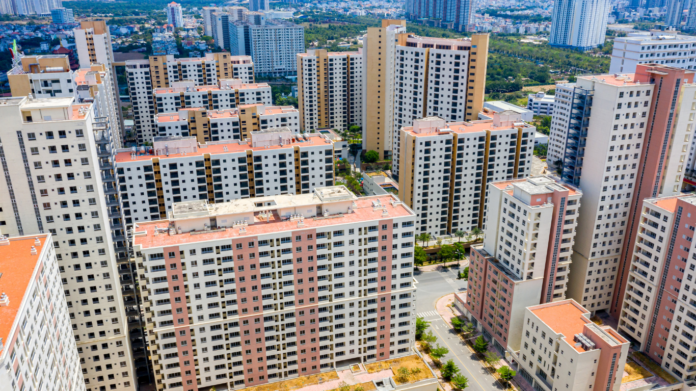According to a GMA News report, Metro Manila’s condominium market has reached a critical milestone: an oversupply of units amounting to 34 months of inventory. Recent accounts show a stark oversupply and low demand for condominium units in the metro.
But what does this figure mean, and why is it significant?
Housing inventory measures the total number of unsold units in the market. It is expressed in terms of how long it would take to sell all of them at the current sales pace. A 34-month inventory means that, given the current demand, selling all the available condos would take nearly three years if no new units were added to the market.
Typically, a healthy housing market maintains an inventory of about 6 to 12 months. Anything above this range signals oversupply, where there are far more units than buyers.
The oversupply is a result of several factors. In the years leading up to the pandemic, developers launched numerous high-rise projects in anticipation of continued economic growth and demand from urban professionals. Business hubs like Makati, Taguig, and the Bay Area in Metro Manila saw a surge in construction, driven by investor confidence in the real estate market.
This optimistic look, however, created a glut of units that now exceeds demand.
The COVID-19 pandemic drastically changed housing preferences. With the rise of remote employment, in particular, many professionals opted for suburban homes offering more space and affordability, reducing the demand for condominiums in densely populated areas.
Rising interest rates and inflation have made property purchases less accessible for middle-income buyers, further slowing demand. Additionally, the departure of Philippine Offshore Gaming Operators (POGOs) left many high-end units vacant, especially in areas like Makati and Pasay.
A 34-month inventory highlights a significant imbalance between supply and demand, creating downward pressure on rental and property prices. While this could benefit renters and buyers in the short term, it poses challenges for developers and investors.
Prolonged oversupply can lead to stalled projects, reduced property values, and financial strain on developers. Understanding these dynamics underscores the need for strategic adjustments in Metro Manila’s real estate market to align supply with real-world demand.



